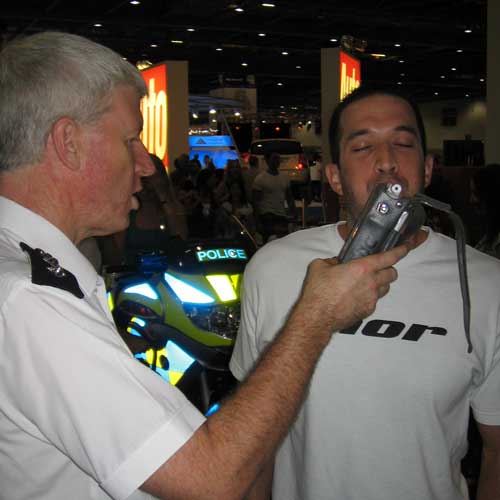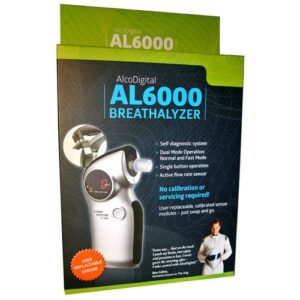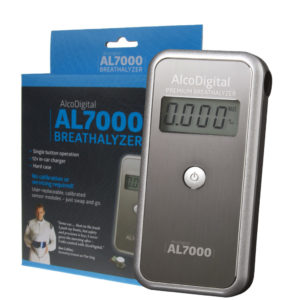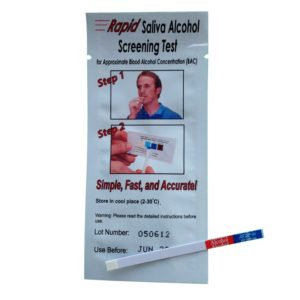The amount of roadside breath tests, which can be used to catch drink drivers, have fallen to record lows as the police scale back on patrols to catch would-be drink drivers.
The number of these roadside breath tests dropped 15% last year, with 325,000 conducted overall. This was down from the 670,000 peak from 2009; making a drop of over 50% in just eight years, according to the latest figures from the Home Office.
2017 marked the first time in history that the number of drivers and motorcyclists subjected to a breathalyser test following an accident fell to less than 100,000. This was down 12% from the previous year and around half of the number from 10 years ago.
The news comes after the release of documents under the Freedom of Information act. The documents show that police forces are no longer going to attend road accidents unless there is an injured person at the scene or there is some “clear evidence” that an offense has been committed.
Are the Statistics a Cause for Concern?
Knowing the police are out there enforcing the law – especially in regards to drink driving – is a great deterrent for perpetrators. A visible police presence makes the roads – and overall communities – a safer place.
It’s highly concerning to see that the levels of enforcement for these crimes have dropped so much in the past few years. It’s a clear sign of how stretched police resources have become.
This information, when combined with the fact the UK has the highest legal blood alcohol limit for Europe, means English and Welsh roads are fast becoming more dangerous for everyone, including drivers, their passengers, and regular pedestrians.
Drink-driving incidents in the UK have dropped significantly since the 1970s following harsher sentences and increased public awareness through campaigns. Alcohol-related casualties have dropped from over 30,000 in 1979 to less than 9,000. However, that number has slowly increased over the past two years, reaching 9,060.
After several years of steady decline in road casualties related to alcohol, the numbers have started going in the opposite – not to mention wrong – direction. Much like the noticed increase in knife crimes, we are seeing what happens when police are taken off the streets to deal with past cases and cyber crimes. It’s time we asked ourselves if, in the face of ever-tightening budgets, we’ve found the right balance.
As the funding for police continues to be stretched, policing the roads is becoming less and less of a priority.
While cameras can track things such as speeding, and they are becoming increasingly better at it, more serious offences such as drink driving have dropped in recent years. Some of that could be attributed to changes in behaviour, and with less police on the roads potential drink-drivers have to be more confident they won’t get caught.
Photo Credit: “Brad – Breathalyser” (CC BY-ND 2.0) by cyberdees
Related Products
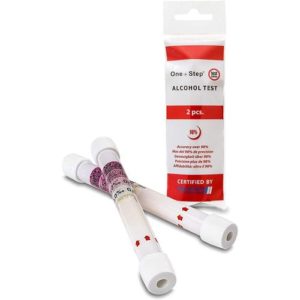
Alcohol Breath Test – EU Disposable Breathalyser
Original price was: £4.99.£4.49Current price is: £4.49.
Add to cart

